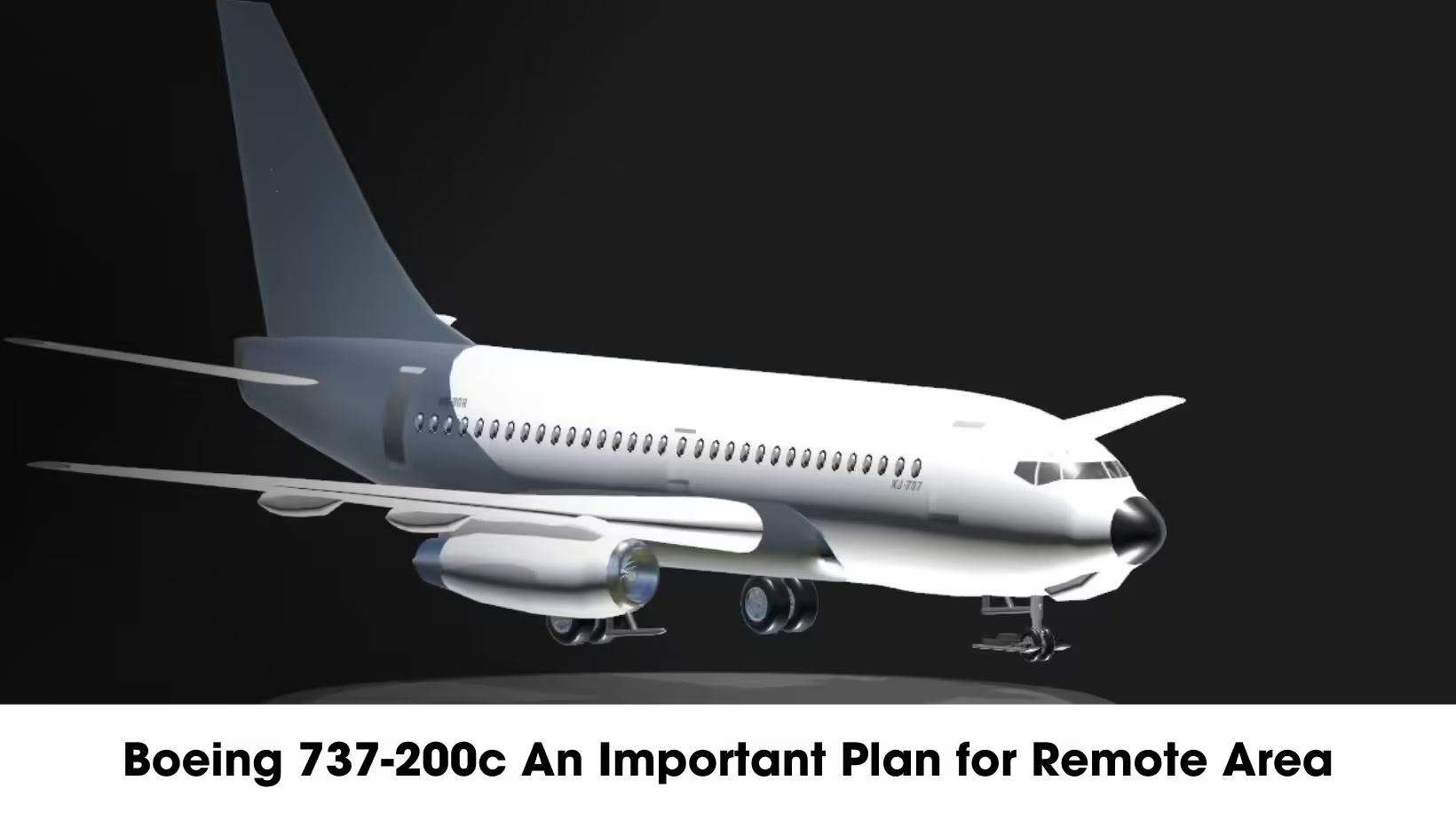The Boeing 737-200C is a classic plan that airlines like Air Inuit, Nolinor Aviation, First Air etc mostly use to carry cargo. The “C” in its name stands for “Convertible,” which means that the plane can be customized so that it can carry either people or goods, giving operators more options based on their needs.
Airlines Operating Boeing 737-200c
- Air Inuit – A Canadian airline that operates in the Arctic regions of Canada. Using the 737-200 Combi for both passenger and cargo transport.
- Canadian North – Another Canadian airline serving remote communities and mines in the northern parts of Canada.
- First Air – Also known as Bradley Air Services, it has operated in the Canadian Arctic.
- Aloha Air Cargo – A cargo airline in Hawaii that has used the 737-200 Combi for transporting goods between the islands.
- Nolinor Aviation – A Canadian airline specializing in charter flights to remote locations, often using the 737-200 Combi for its adaptability.
- Líneas Aéreas Suramericanas – A cargo airline based in Colombia that has used the 737-200 Combi for its cargo operations.
Boeing 737-200C Specifications
| Specification | Detail |
|---|---|
| Passenger Capacity | Up to 112 seats |
| Cargo Capacity | Variable, depending on configuration |
| Range | Approximately 3,850 kilometers (2,395 miles) |
| Cruise Speed | 797 km/h (495 mph) |
| Engines | 2 Pratt & Whitney JT8D-17 turbofans |
| Wingspan | 28.35 meters (93 feet) |
| Length | 30.53 meters (100 feet 1 inch) |
| Height | 11.23 meters (36 feet 10 inches) |
| Compartment | Capacity | Volume |
|---|---|---|
| Max. Passenger Capacity | 112 | |
| Forward Cargo Compartment | 5,516 lb | 370 ft³ |
| Rear Cargo Compartment | 7,480 lb | 505 ft³ |
| Total Payload | 31,500 lb |
Boeing 737-200 Classic Combi
The Boeing 737-200 Classic Combi, is a strong and flexible plane that can carry both people and goods. It is a narrow-body, twin-engine jet plane, which came out in 1968 and is especially useful for operators that work in difficult and remote areas, like Canada’s Arctic regions. Its unique combination layout lets the inside room be changed so it can fit up to 58 people or more cargo, depending on the situation. An interior wall that can be moved around makes this possible so that the room is best used for either passenger seating or cargo containers.
Gravel Protection System
The 737-200 Combi’s gravel protection system is one of its best features. It’s needed for flights on gravel strips and other unpaved landings. High-pressure bleed air from the engines is used in this device to make an air shield that keeps gravel and other debris from damaging the engines. The landing gear has skid reduction plates and a clamshell door system for reverse thrust, which make sure that operations are safe and effective even in rough circumstances.


Engines and Avionics
With its Pratt & Whitney JT8D-9A engines, the plane can easily handle both big cargo loads and rough runway conditions. Older avionics, like the SB 177 autopilot system, are in the cockpit. These systems need more direct control from the pilots than more modern systems. But some planes have been updated with LCD screens that make navigation and flying control better.
The 737-200 Combi is perfect for getting to and from rural areas that don’t have a lot of infrastructure. For instance, it can bring mining materials and workers to remote gold mines in the Arctic, creating a vital supply chain of goods and tools. A normal flight might go from Montreal-Mirabel to Meadowbank via Val-d’Or, with a dirt runway landing at Meadowbank for the last part.
On board, passengers can enjoy free meals and other services on Air Inuit Airline. The plane is set up to be as comfortable as possible given its dual-purpose design. Because the older autopilot system needs more hands-on control during key parts of flight, the flight crew, especially the pilots, often prefer to fly by hand.
Conclusion
In conclusion, the Boeing 737-200 Classic Combi is still an important plane for activities in remote areas. Its ability to change between passenger and cargo configurations and its special equipment for gravel runway operations means that it continues to play an important role in connecting remote areas with goods and services, even after many years have passed.







Leave a Reply